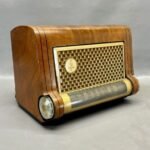A Timeless Piece of Childhood Nostalgia
The antique Radio Flyer wagon holds a special place in the hearts of many, evoking memories of carefree childhood days spent outdoors in the sun. This iconic red wagon, with its sturdy metal construction and distinctive design, has been a beloved toy for generations. As a symbol of timelessness and quality, the antique Radio Flyer wagon continues to be a sought-after collectible for enthusiasts and a cherished heirloom for families.
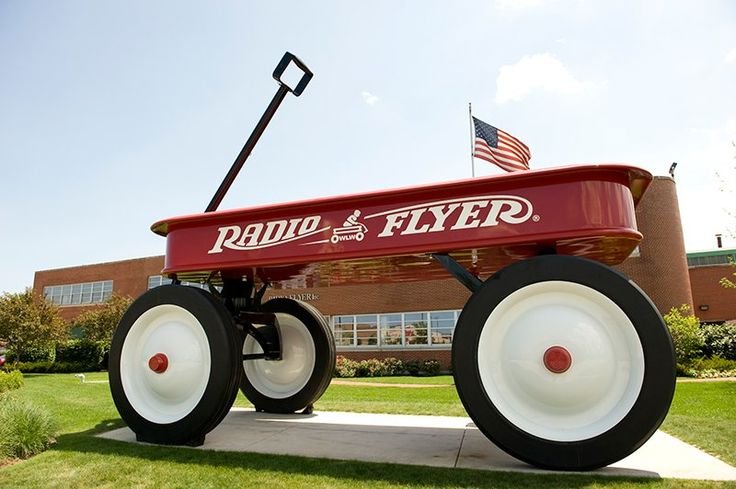
The Origin and Legacy of the Radio Flyer Wagon
The story of the antique Radio Flyer wagon begins in the early 20th century with Antonio Pasin, an Italian immigrant who arrived in America with dreams of building a better life. In 1917, Pasin started crafting wooden wagons in his Chicago workshop, naming his first model the “Liberty Coaster.” As demand for his wagons grew, Pasin founded the Liberty Coaster Company, which would later become Radio Steel & Manufacturing. In 1930, Pasin introduced the first all-steel wagon, the “Radio Flyer,” named in honor of his fascination with radio technology and his admiration for Charles Lindbergh, the famous aviator.
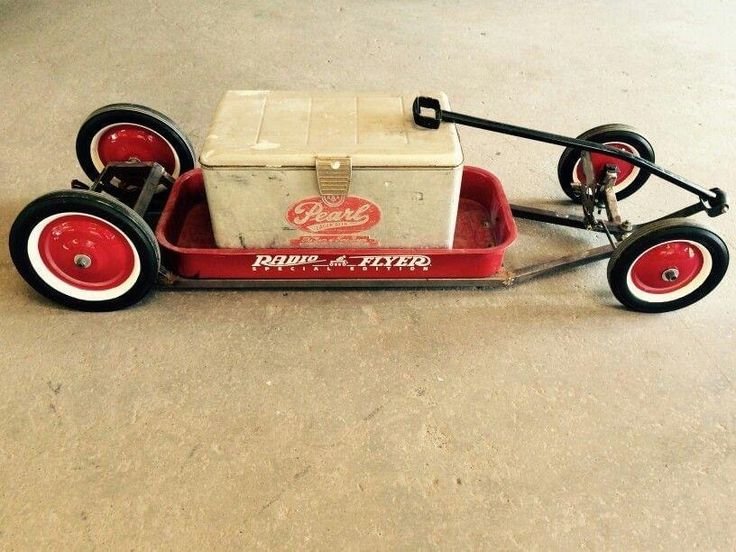
The antique Radio Flyer wagon
quickly became a staple in American households. Its durability and versatility made it a favorite among children and parents alike. Whether used for hauling toys, giving rides to friends, or embarking on imaginative adventures, the Radio Flyer wagon embodied the spirit of play and exploration. Over the decades, it has maintained its iconic status, with its bright red color and sleek design remaining virtually unchanged.
The Craftsmanship and Design of the Antique Radio Flyer Wagon
One of the defining features of the antique Radio Flyer wagon is its exceptional craftsmanship. Early models were constructed with heavy-gauge steel, ensuring they could withstand rough play and the test of time. The seamless steel body, rounded edges, and sturdy wheels were designed with both safety and durability in mind. The handle, often crafted from solid steel or wood, provided a comfortable grip for children and parents alike.
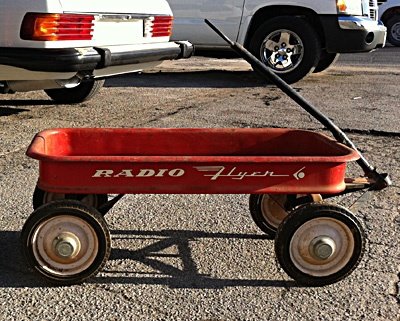
The design of the antique Radio Flyer wagon is both functional and aesthetically pleasing. Its minimalist yet elegant appearance has made it an enduring symbol of quality and timeless design. The bright red paint, a signature feature of the Radio Flyer brand, adds a touch of vibrancy and nostalgia. This combination of form and function has contributed to the wagon’s lasting popularity and collectibility.
Collecting Antique Radio Flyer Wagons
For collectors
the antique Radio Flyer wagon represents a piece of Americana and a tangible connection to the past. These wagons are highly prized for their historical significance, craftsmanship, and nostalgic value. Collectors often seek out early models, particularly those from the 1930s and 1940s, as these are considered the most iconic and valuable.
When collecting antique Radio Flyer wagons, condition is a critical factor. Wagons that retain their original paint, decals, and components are more valuable than those that have been heavily restored or modified. Rust, dents, and missing parts can significantly decrease a wagon’s value. Collectors also look for unique features or limited-edition models, such as those with special decals or variations in design.
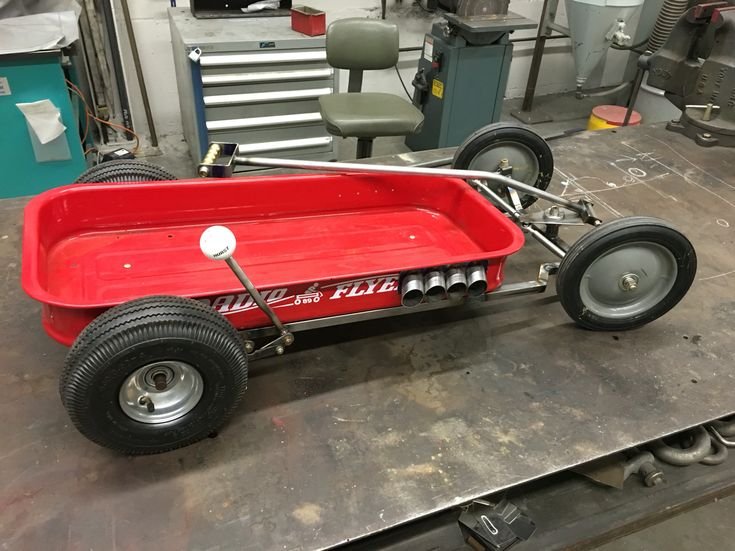
In addition to the wagons themselves, related memorabilia and advertising materials are also of interest to collectors. Vintage advertisements, catalogs, and promotional items featuring the Radio Flyer brand provide valuable context and enhance the overall collecting experience. These items offer a glimpse into the marketing strategies and cultural impact of the Radio Flyer wagon throughout its history.
Restoring and Preserving Antique Radio Flyer Wagons
For those who own an antique Radio Flyer wagon, restoration and preservation are essential to maintaining its beauty and value. Proper care can ensure that these cherished pieces continue to bring joy for future generations. Restoration can range from simple cleaning and touch-ups to complete overhauls, depending on the wagon’s condition.
When restoring an antique Radio Flyer wagon, it is important to use period-appropriate materials and techniques. This helps to preserve the authenticity and historical integrity of the wagon. For example, original paint colors should be matched as closely as possible, and any replacement parts should be sourced from reputable suppliers who specialize in vintage wagon components.
Preservation also involves protecting the wagon from environmental factors that can cause deterioration. Wagons should be stored in a dry, climate-controlled environment to prevent rust and corrosion. Regular maintenance, such as lubricating moving parts and inspecting for signs of wear, can help to keep the wagon in top condition.
The Enduring Appeal of the Antique Radio Flyer Wagon
The antique Radio Flyer wagon continues to captivate both young and old, bridging the gap between generations. Its enduring appeal lies in its simplicity, durability, and timeless design. For many, it represents a link to a simpler time, a reminder of childhood adventures and the joy of outdoor play.

In today’s fast-paced, technology-driven world, the antique Radio Flyer wagon stands as a testament to the enduring power of classic toys. It encourages children to engage in imaginative play, explore their surroundings, and create lasting memories. For adults, it offers a nostalgic connection to their own childhoods and a chance to pass down a beloved tradition to the next generation.
As the years go by, the antique Radio Flyer wagon will continue to be cherished by collectors, families, and enthusiasts. Its legacy is a testament to the vision and craftsmanship of Antonio Pasin and the lasting impact of a simple, well-made toy. Whether displayed proudly in a collection or used by a new generation of children, the antique Radio Flyer wagon remains a timeless symbol of joy, adventure, and the enduring spirit of play.

